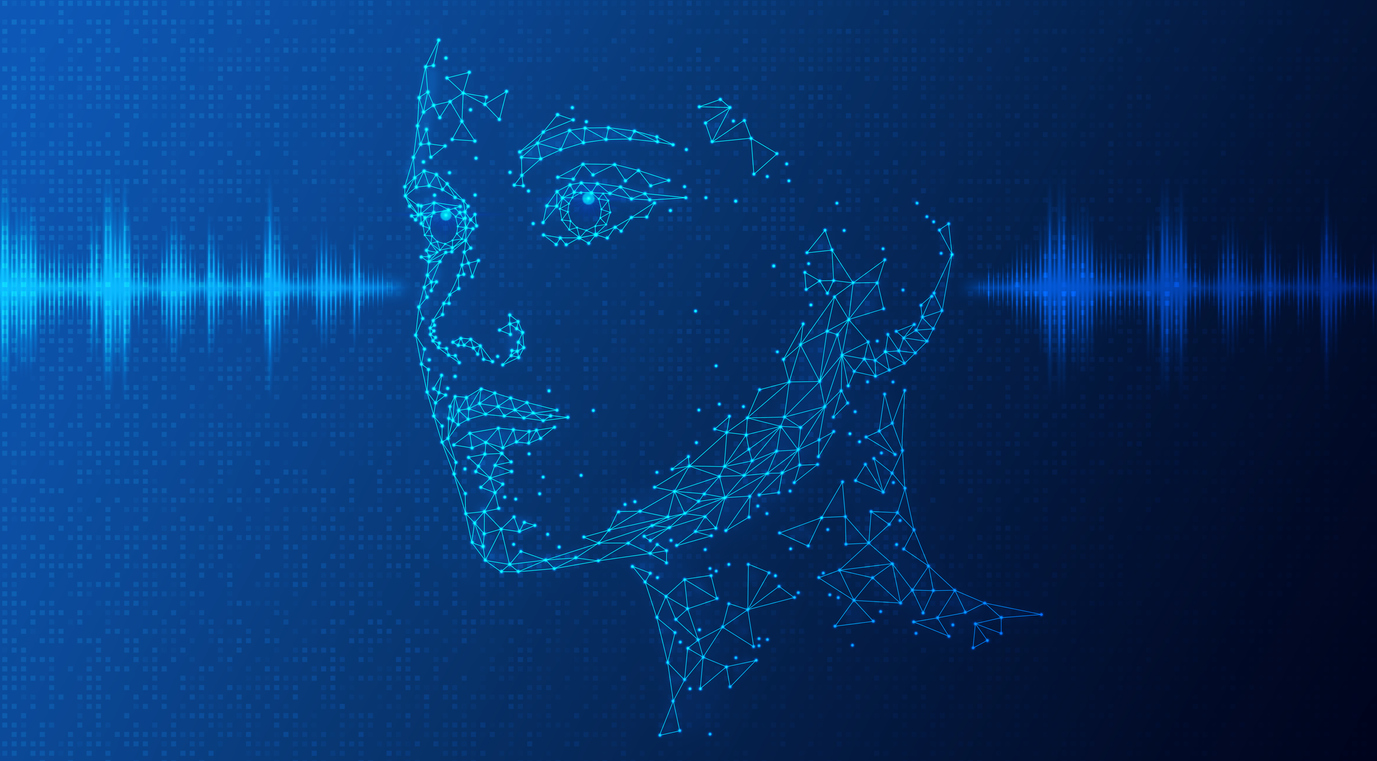
Computational linguistics uses computational methods to better understand language within the software and artificial intelligence industry. This is closely related to machine learning, artificial intelligence, and information retrieval.
In the software industry, it's essential for creating applications like chatbots, intelligent virtual assistants (IVAs), and language translation services.
One of the three types of computational linguistics will be utilized depending on the use or the industry a company is in.
A software developer at Acme Tech, a leading AI company, is working to improve their customer service chatbot. Using computational linguistics, the developer trains machine learning models on customer support transcripts to better discern customer intent from inquiries stated in natural language.
The developer then leverages language models to generate responses that logically address the customer's issue and are error-free. This application of computational linguistics enables Acme Tech to provide 24/7 automated support that resolves issues quickly, boosts customer satisfaction, and reduces operational costs. This epitomizes how tech companies leverage AI to deliver exceptional service.
The benefits that can be garnered from computational linguistics in this case and beyond include:
The interdisciplinary field of computational linguistics is advancing rapidly and transforming software design across industries. Integrating computer science with linguistics can empower computers to comprehend and generate natural human language. This capacity enables the creation of software with more intuitive, conversational interfaces.
Today, numerous software, from machine learning operationalization (MLOps) to chatbots and intelligent virtual assistants, rely heavily on the principles and techniques of computational linguistics. Its techniques empower more natural interactions and enhanced understanding of user sentiment.
Machine translation bridges communication barriers, granting global access. Further, computational linguistics unlocks insights from vast unstructured data.
The versatility of computational linguistics has cemented its integral role in modern software. Its reach stretches beyond improving interfaces to broadly understand users and make sense of boundless text. As software pervades our lives, computational linguistics will remain mission-critical. The future of innovative software lies in the continued advancement of this key field.
The format for computational linguistics in the software industry can vary, but a complete application will include the following elements:
In order to make computational linguistics work, follow these best practices:
Though intertwined, computational linguistics and NLP have distinct perspectives.
Computational linguistics prioritizes theoretical comprehension of language informed by linguistics. It constructs models and algorithms based on principles of human communication.
In contrast, NLP focuses chiefly on developing practical applications, such as text classification, sentiment analysis, and translation. While computational linguistics provides the formal foundations, NLP aims to operationalize these insights into usable technologies.
This dichotomy parallels linguistics and engineering. Linguistics studies the structure and function of language irrespective of utility. Engineering leverages such discoveries to construct solutions for real-world problems.
In summary, computational linguistics is driven by understanding the language itself, whereas NLP pursues the application of such understanding. Their symbiosis continues to progress the capability of machines to effectively understand and interface with our communicative existence.
Dive deeper into natural language processing and understand how you interact with it daily.
Matthew Miller is a former research and data enthusiast with a knack for understanding and conveying market trends effectively. With experience in journalism, education, and AI, he has honed his skills in various industries. Currently a Senior Research Analyst at G2, Matthew focuses on AI, automation, and analytics, providing insights and conducting research for vendors in these fields. He has a strong background in linguistics, having worked as a Hebrew and Yiddish Translator and an Expert Hebrew Linguist, and has co-founded VAICE, a non-profit voice tech consultancy firm.
What are artificial neural networks? Artificial neural networks (ANNs), as the name implies,...
 by Matthew Miller
by Matthew Miller
The world is full of conferences, bright lights, relatively comfortable chairs, and friendly...
 by Matthew Miller
by Matthew Miller
Conversational agents have blurred the lines between talking to a real person or a bot on...
 by Sagar Joshi
by Sagar Joshi
What are artificial neural networks? Artificial neural networks (ANNs), as the name implies,...
 by Matthew Miller
by Matthew Miller
The world is full of conferences, bright lights, relatively comfortable chairs, and friendly...
 by Matthew Miller
by Matthew Miller


